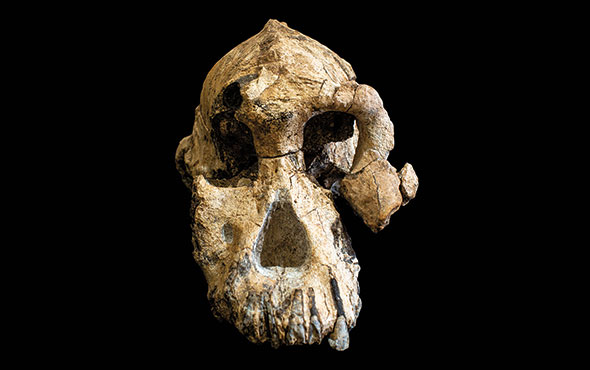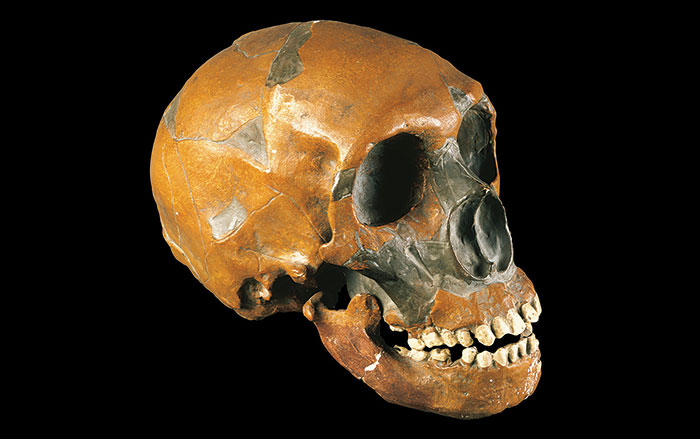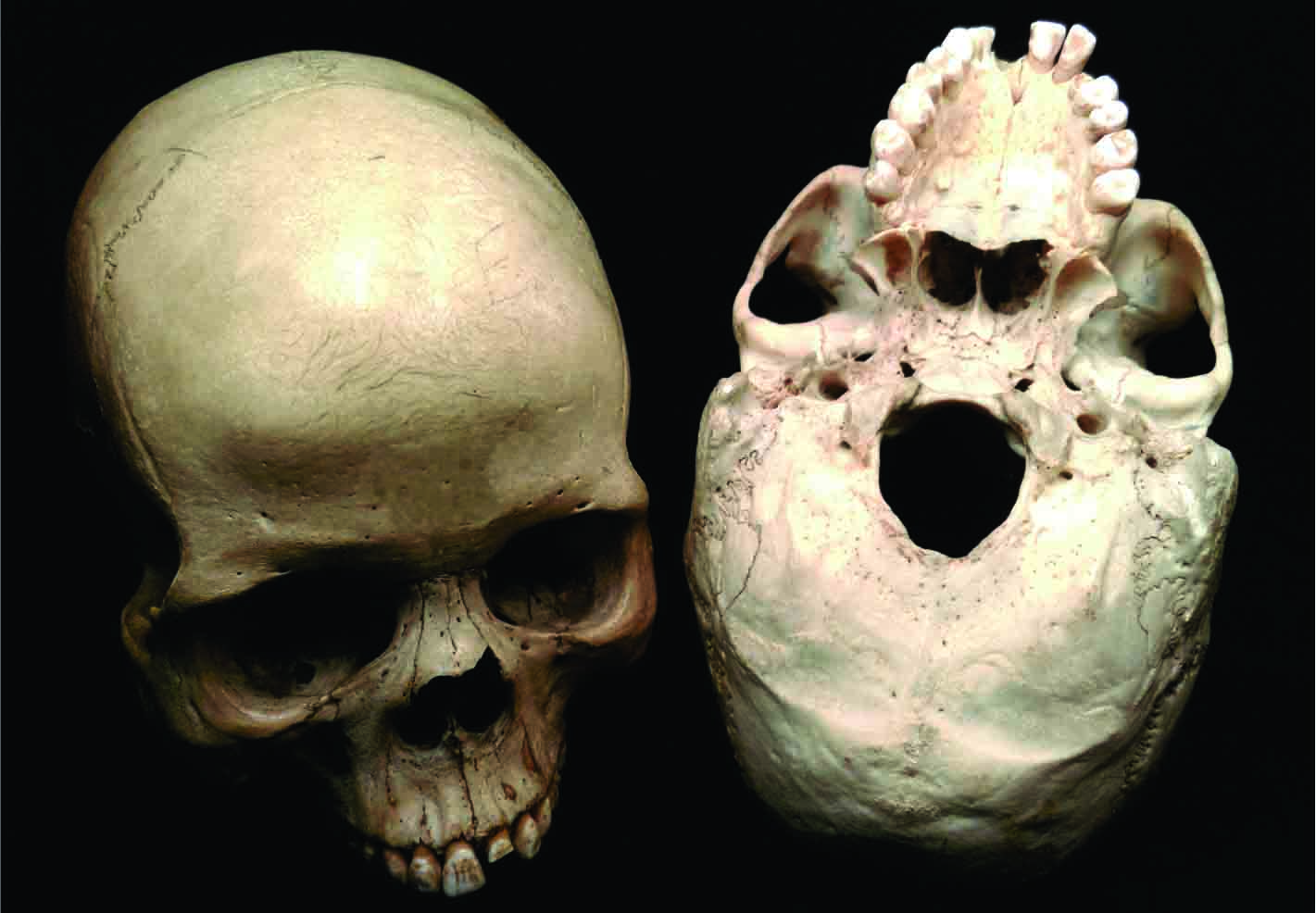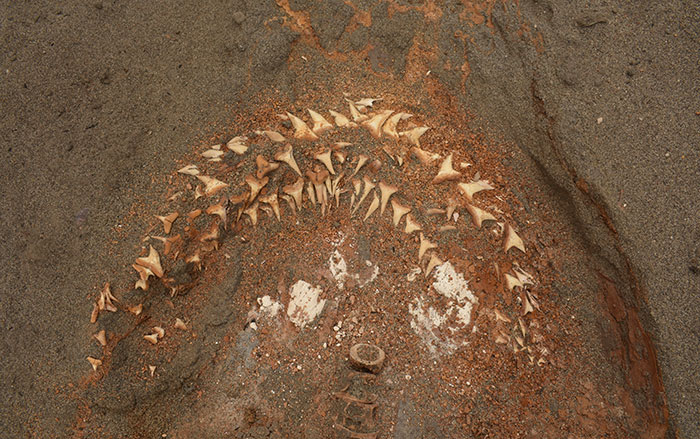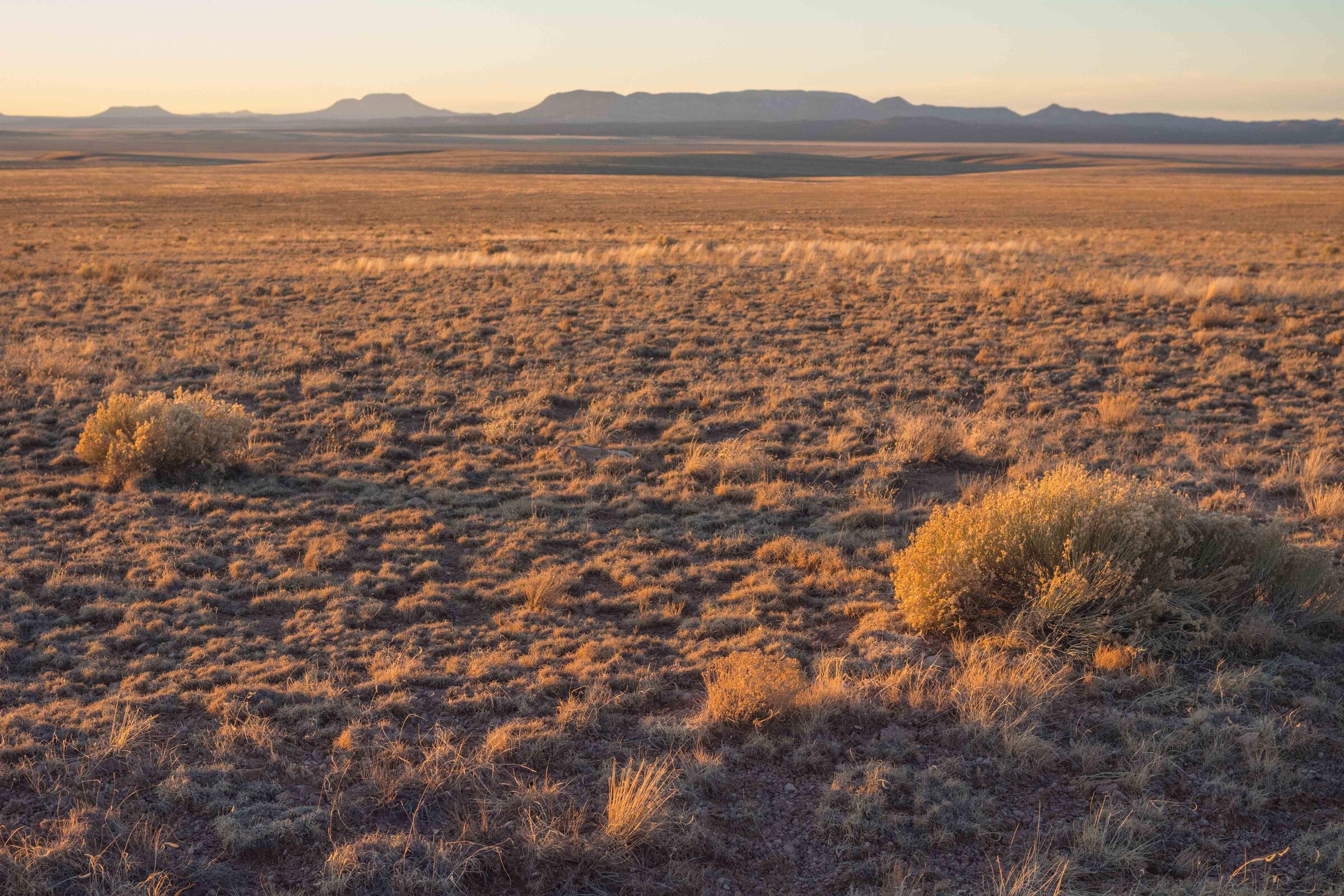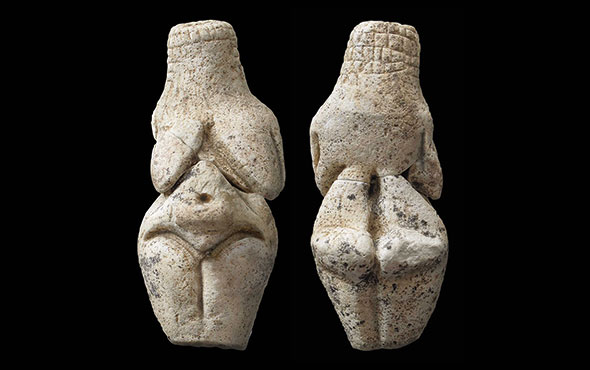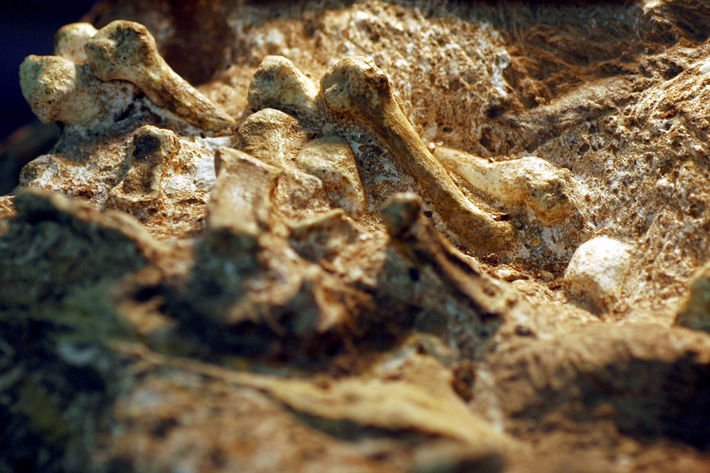
CANTERBURY, ENGLAND—According to a statement released by the University of Kent, Christopher Dunmore, Matthew Skinner, and Tracy Kivell suggest that Australopithecus sediba could use its hands to climb trees as well as to manipulate objects in a modern human–like manner. Australopithecus sediba lived about two million years ago, and was a late-surviving member of the ape-like Australopithecus genus, which is thought to have gone extinct about 1.9 million years ago. The researchers examined the internal structure of the knuckles and thumb joints of Australopithecus sediba, Australopithecus africanus, Australopithecus afarensis, Neanderthals, and modern humans. The fossils ranged in age from three million to 12 thousand years old. The study suggests that Australopithecus sediba, unlike other members of the Australopithecus genus, had knuckles associated with being able to grasp branches, and thumb joints consistent with the modern human–like manipulation of objects. For more on Australopithecus sediba, go to "The Human Mosaic."


